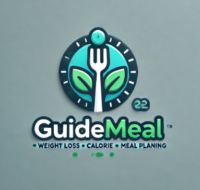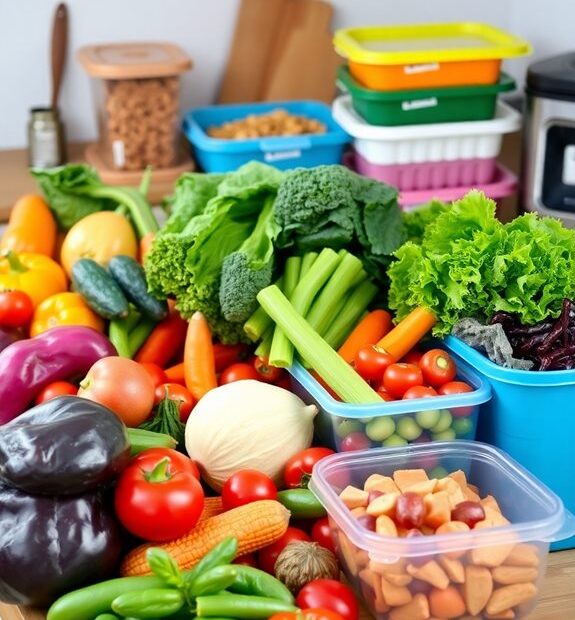Reducing food waste in meal planning is a smart choice for both your wallet and the planet 🌍. Have you ever felt guilty throwing away spoiled food? Every wasted meal adds to landfills, harming our environment and wasting resources like water and energy. By planning your meals, you can use what you already have at home and avoid unnecessary purchases. Think about it—using leftovers creatively can result in tasty new dishes! Plus, you'll save money and support local farmers. Want to know how you can make meal planning easier and more fun? Stick around to discover tips!
Key Takeaways
- Reducing food waste helps decrease methane emissions from landfills, benefiting the environment.
- Efficient meal planning conserves valuable resources like water and energy used in food production.
- Minimizing waste can lower household and societal costs related to waste management.
- Supporting local farmers and businesses is possible by utilizing ingredients effectively and reducing excess purchases.
- Creative use of leftovers fosters diverse meals and encourages resourcefulness in the kitchen.
Understand Food Waste Impact
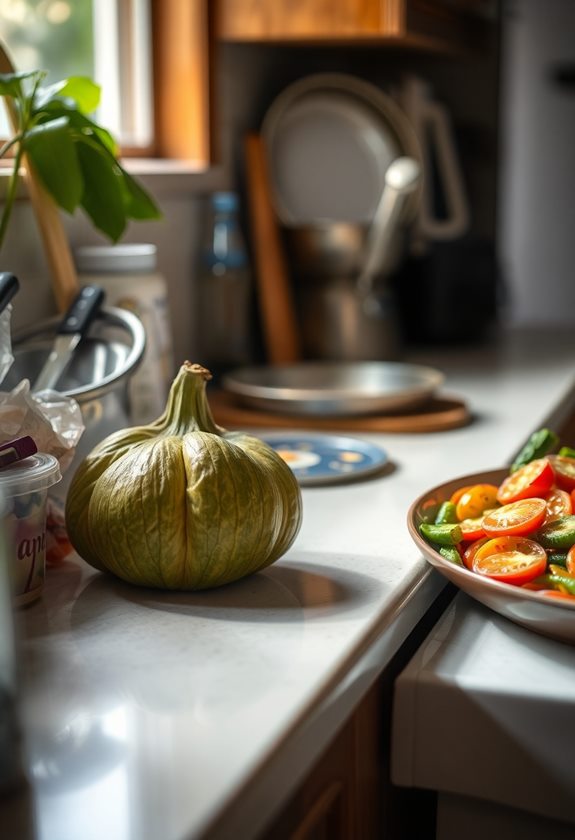
Food waste isn't just a personal issue; it impacts the environment and economy on a larger scale. Every time you throw away food, you're not just wasting a meal; you're also wasting water, energy, and resources that went into producing it. Structured meal preparation can help minimize this waste by ensuring you use what you buy efficiently. Have you ever thought about how much it costs us as a society? Food waste contributes to landfills, which release harmful gases like methane. This affects our air and climate.
When you plan meals carefully, you can reduce waste and save money. Imagine walking into the kitchen and finding that you've used everything you bought, instead of tossing out spoiled leftovers. Doesn't that feel good? Plus, by reducing food waste, you're helping local farmers and businesses thrive.
Making small changes can lead to big results. For instance, consider using a shopping list or meal plan. This way, you buy only what you need. Remember, every bit counts! 🌍✨ By understanding the impact of food waste, you can make choices that benefit not just yourself, but also the planet and your community. So, why not start today?
Assess Your Inventory
Before diving into meal planning, take a moment to assess your inventory. This simple step can save you time and reduce waste. By using affordable meal prep tools effectively, you might be surprised at what you already have! So, let's take stock of your kitchen. Here's how:
- Check Your Fridge: Look for any fresh produce, dairy, or leftovers that need to be used soon. Have you forgotten about that half-eaten cucumber? 🥒
- Inspect Your Pantry: Take a peek at canned goods, grains, and spices. Do you have a bag of rice that's been gathering dust? 🍚
- Look in the Freezer: Frozen veggies, meats, and homemade meals can be lifesavers. Is there a mystery container you've been avoiding? ❄️
- Note Expiration Dates: Jot down items that are close to expiring. Can you use them in your next meal?
Plan Balanced Meals
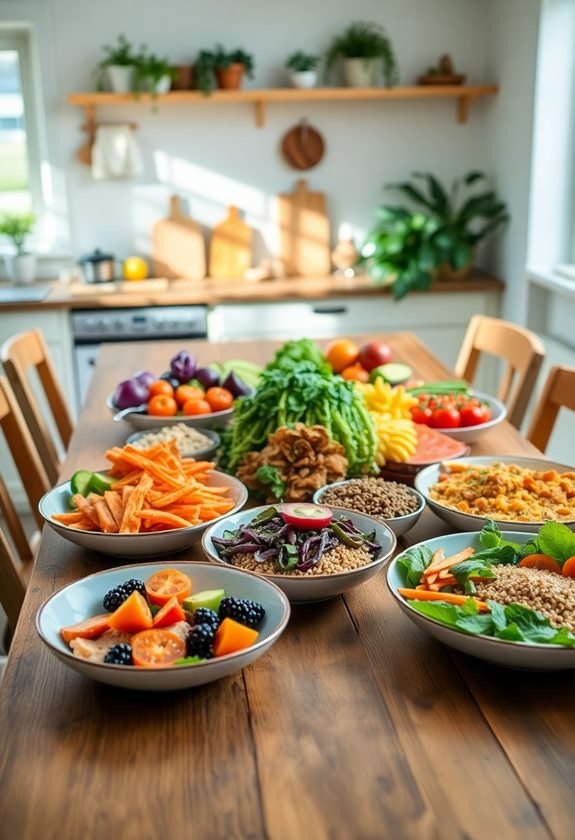
Start by including proteins, grains, fruits, and vegetables in each meal. This way, you'll guarantee you're getting the nutrients you need while using up the ingredients in your fridge. For instance, if you have leftover chicken, pair it with brown rice and some steamed broccoli. It's a simple way to create a balanced dish while preventing waste. To further enhance your meal prep, consider using durable meal prep containers that help you organize and store your ingredients efficiently.
Also, think about portion sizes. If you make too much, you might end up throwing food away. Instead, try to make just enough for you and perhaps a friend. Leftovers can be a lifesaver!
Create a Flexible Shopping List
To make the most of your meal planning efforts, create a flexible shopping list that adapts to what you already have on hand. This way, you won't buy items you don't need, and you'll reduce food waste. Here are some simple steps to help you get started:
- Check your pantry: Before you shop, look at what you already have. You might find ingredients that can inspire your meals.
- Focus on staples: Keep a list of essential items you often use, like rice, pasta, or canned beans. These can help you whip up meals with what's left in your fridge.
- Be adaptable: If a recipe calls for an ingredient you don't have, think of a suitable substitute. For example, if you don't have broccoli, can you use spinach instead?
- Plan for snacks: Don't forget to include healthy snacks on your list! This keeps you from reaching for less healthy options during the week.
Use Leftovers Creatively
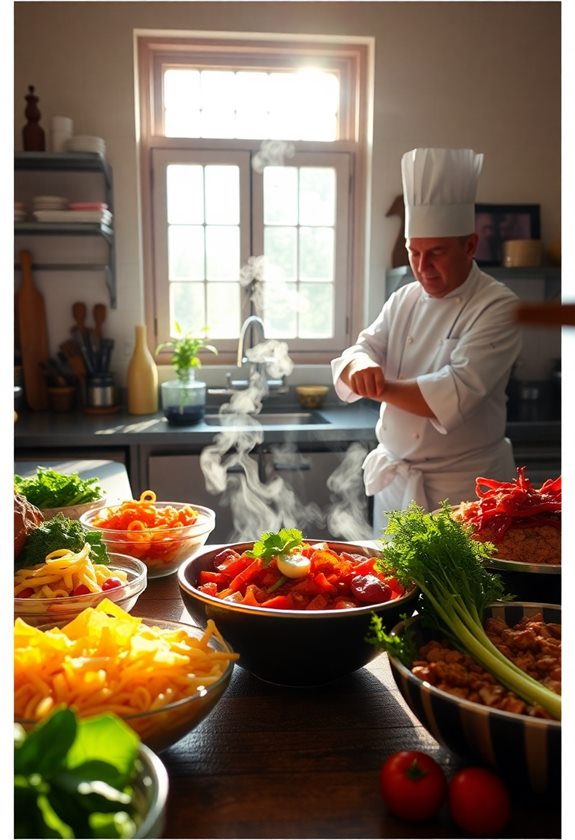
Transforming your leftovers into new dishes not only saves money but also minimizes food waste. Have you ever looked in your fridge and felt overwhelmed by uneaten food? Instead of tossing it out, think creatively! Leftover roasted chicken can become a tasty chicken salad or a hearty soup. What about that extra rice? It can easily turn into fried rice with some veggies and eggs.
You could even try making a breakfast hash using leftover vegetables, potatoes, and eggs. The possibilities are endless! 🌟 By reimagining your leftovers, you add variety to your meals without spending extra money. How satisfying is it to create something delicious from what you already have?
Don't forget to keep a few favorite recipes on hand that specifically use leftovers. This way, you'll never run out of ideas. Plus, involve your family! Ask them how they'd like to see the leftovers used. It turns into a fun activity, and everyone gets to enjoy the meal together.
Next time you clean out your fridge, take a moment to think outside the box. Your taste buds and your wallet will thank you! 😊
Monitor Portion Sizes
Monitoring portion sizes is a crucial step in reducing food waste and ensuring you're not over-preparing meals. By being mindful of how much food you cook, you can enjoy your meals without leftovers piling up. But how do you keep track of portion sizes? Here are some simple tips to help you out:
- Use smaller plates: It's amazing how much less you'll eat when you swap a large plate for a small one. You won't feel deprived, and your eyes will be happy!
- Measure servings: Grab a measuring cup or a food scale. It might sound tedious, but it helps you get a clear idea of how much you really need.
- Follow serving guidelines: Check nutrition labels for portion sizes. You might be surprised by what's considered one serving.
- Listen to your body: Pay attention to your hunger cues. If you're full, don't force yourself to eat more!
Frequently Asked Questions
How Can Reducing Food Waste Save Money on Groceries?
Imagine tossing money in the trash. By reducing food waste, you maximize your grocery budget, buying only what you need. This means fewer impulse purchases and more savings, letting you enjoy meals without financial stress.
What Are Some Common Misconceptions About Food Expiration Dates?
You might think expiration dates mean food's unsafe after that date, but they often indicate freshness. Many items remain good beyond these dates, so trust your senses—smell, taste, and look—before tossing them out.
How Does Food Waste Contribute to Climate Change?
Food waste fuels climate change. When you toss out food, you're wasting water, energy, and resources used in production. Decomposing waste emits methane, a potent greenhouse gas. By reducing waste, you're protecting the planet's future.
Are There Specific Foods That Are More Likely to Be Wasted?
Yes, certain foods tend to be wasted more often, like fresh produce, bread, and dairy products. You can minimize waste by planning meals around these items and using leftovers creatively in your cooking.
What Resources Can Help in Learning About Food Waste Reduction?
When you think of food waste like a leaky faucet, resources like apps, blogs, and community workshops can help you stop the drip. They'll guide you in saving both food and money effectively.
